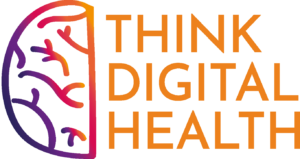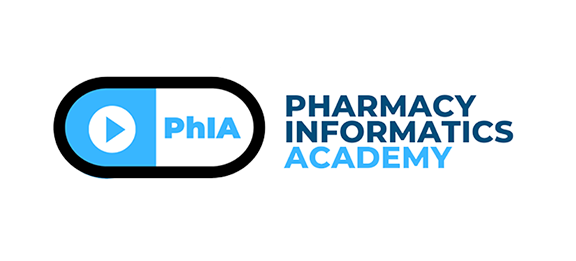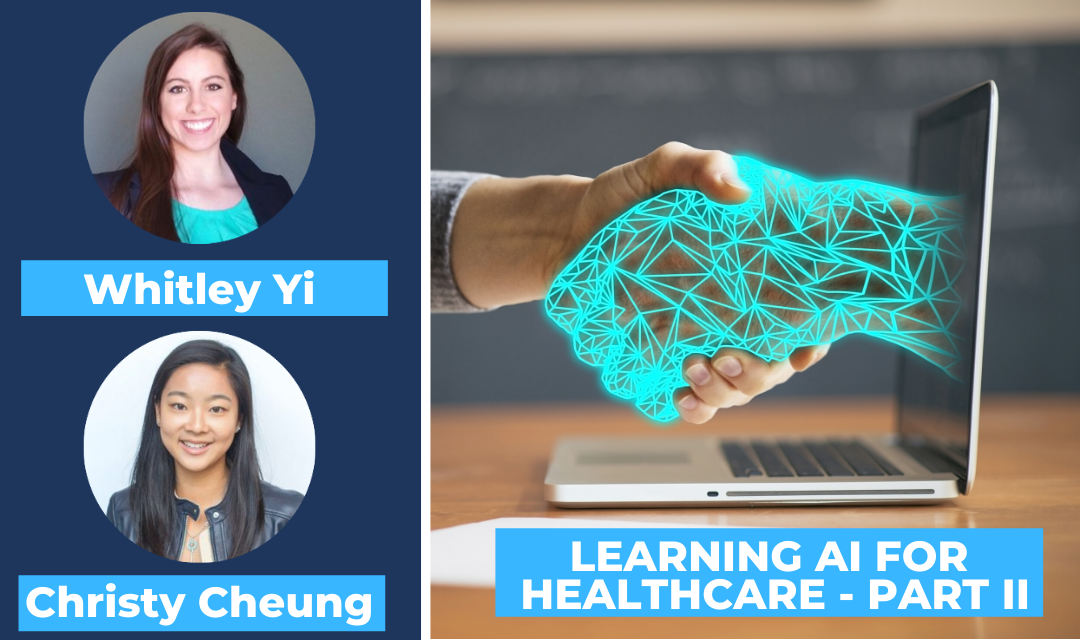A Roadmap to Learning AI for Healthcare (Part 2)
Part 2: Understanding the Impact of AI in Practice
AI/ML is already being used in Pharmacy and Medicine, but its utility varies greatly depending on the purpose. In Part 1, we reviewed the basics of AI methodology, terminology, limitations, and barriers. In Part 2, we will lay the foundation needed for understanding the existing and potential impact of AI in practice. The impact of any technology is dependent not just on its capabilities, but also the degree to which it is used. What factors influence the perceived utility and adoption of an AI application? To answer these questions, we will take a closer look at AI models and dive into model design and deployment. Lastly, we will review existing examples of AI in healthcare in order to provide an overview of ways AI is already impacting practice.
Artificial Intelligence Models
What is an AI model? From a clinical perspective, it is helpful to first think about models as being composed of 3 major components.
- The type of inputs (or data) that go in the model. This includes training data, as well as live data used when the model is deployed.
- The model’s algorithm(s).
- The type of output (or inference the model makes) based on the data (i.e. a line of best fit or classifying something as ‘yes’ or ‘no’).
In other words, an AI model is the vehicle used to generate actionable information from the data collected. There are numerous models that exist and which one you can select is largely dependent on the type of data you are working with and what you hope the model will glean from the data.

AI in Healthcare. This post was originally posted on ThinkDH and has been reposted here with permission from Christy Cheung and Whitley Yi. To view the entire document, click on the Download button. You can check out Part 1 here.


May 31, 2020 @ 4:01 pm
Quick question? Why didn’t the both of you pursue software engineering instead?
June 1, 2020 @ 11:32 am
Hello,
There’s often no single way to approach a career path or to solve large-scale problems. However, from our own experience, one thing that we have learned is that synergy and insight occur when skillsets and perspectives are combined. It is because of our experiences as clinicians that we have a unique perspective of how machine learning can be applied to improving health. That perspective forms the basis of everything else we do. Technology is a tool to be used within the context of my professional vocation to care for patients. Without healthcare & pharmacy domain expertise, we would not have the same understanding of the scope of the problems that need to be solved, the complex workflows that solutions need to be able to operate within, or the challenges that must be navigated around due to biased and flawed data.
Best,
Christy & Whitley
July 14, 2020 @ 2:58 pm
Like!! Thank you for publishing this awesome article.